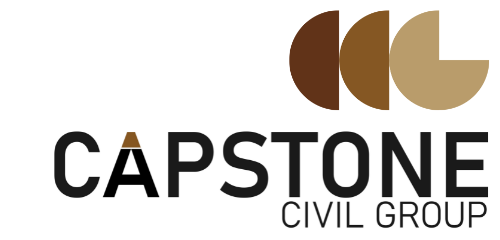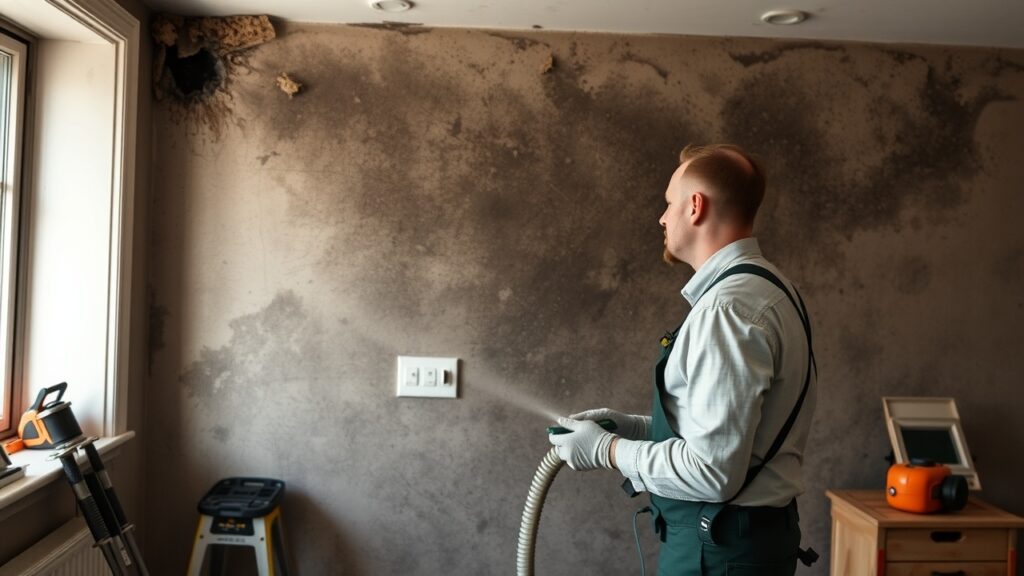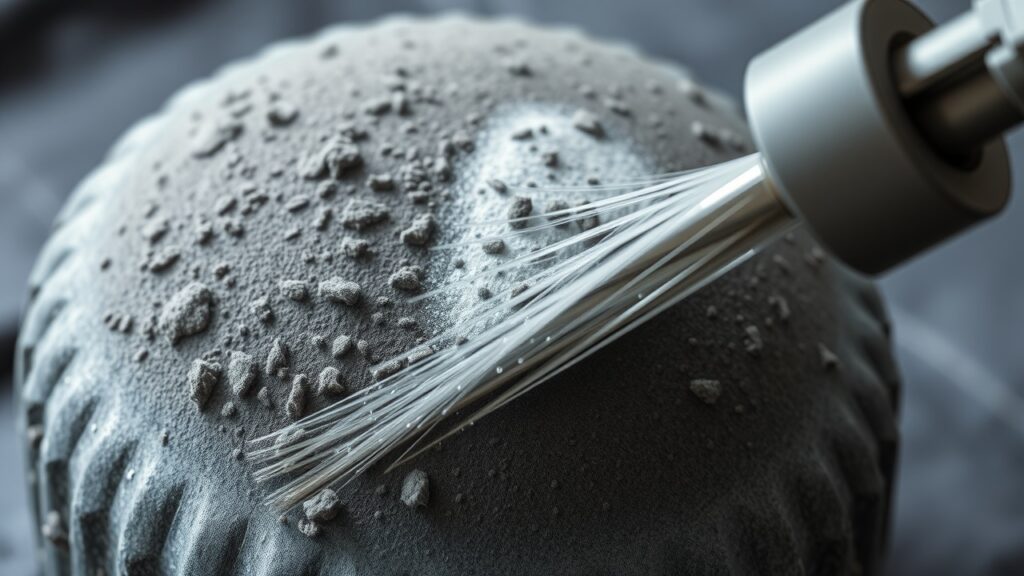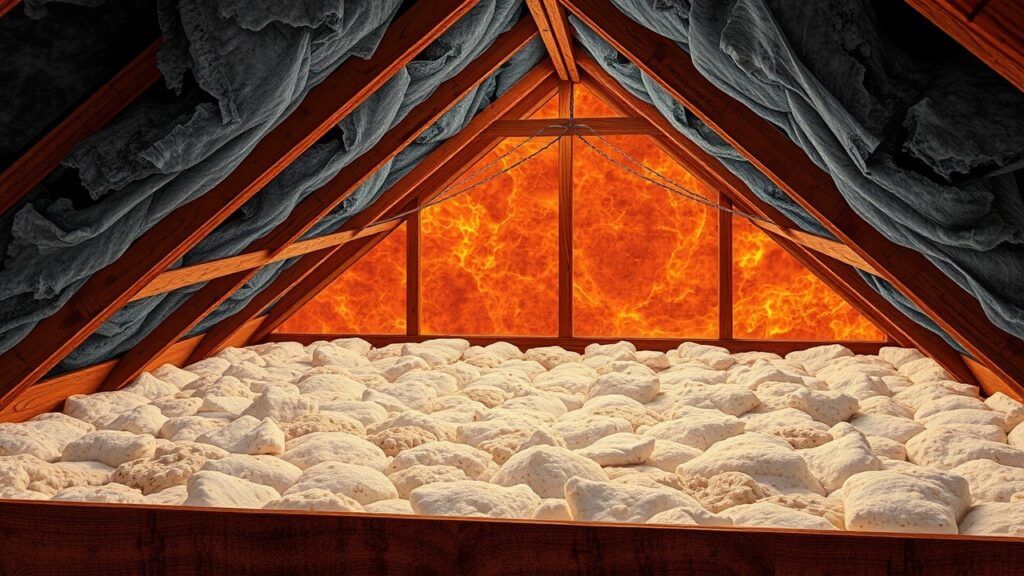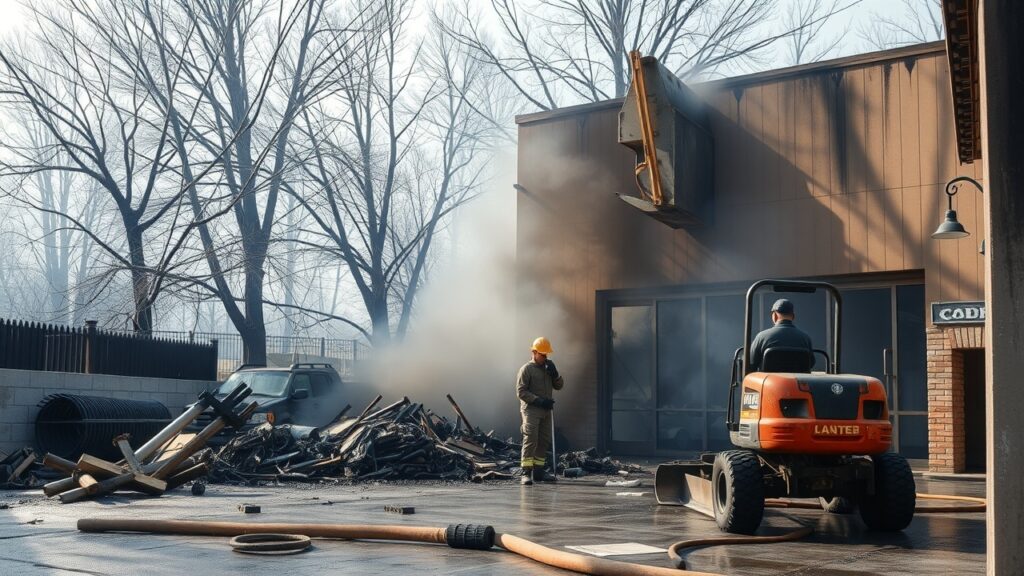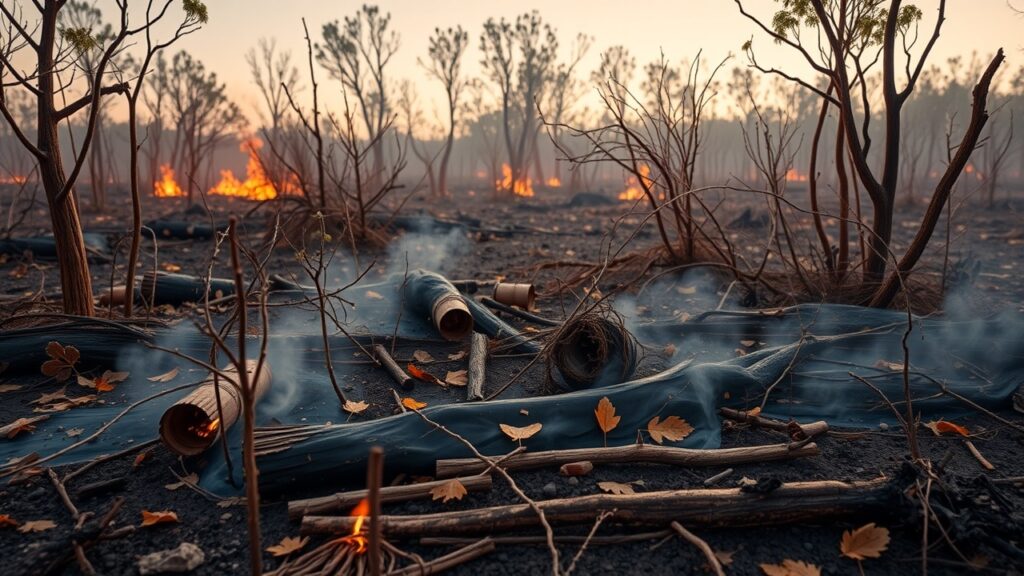Professional Fire & Smoke Remediation Solutions
Choose Capstone Civil Group for professional fire and smoke remediation solutions that prioritise your needs. Our experienced team utilises advanced techniques to effectively tackle smoke damage and restore your property to its original condition.
Safeguard Your Property and Health
Top-Quality Fire and Smoke Remediation Services
Fire and smoke remediation is a key process that clears harmful residues after a fire. This important service helps restore properties and protects health by removing toxic substances.
Using our professional remediation services not only aids in quick recovery but also ensures long-term protection for your property.
Benefits of Professional Remediation
1. Health and Safety – One major reason to hire experts for fire and smoke remediation is health safety. Trained professionals know how to handle hazardous materials safely. They reduce risks from smoke inhalation or soot exposure, creating a safer living space after a fire.
2. Property Salvage – Using professional services increases the chance of salvaging more belongings than you might on your own. Their skills allow for accurate damage assessments and effective restoration plans.
3. Insurance Claims Support – Dealing with insurance claims post-fire can be stressful, with complex processes at play. Professionals assist homeowners by providing detailed documentation needed for claims.
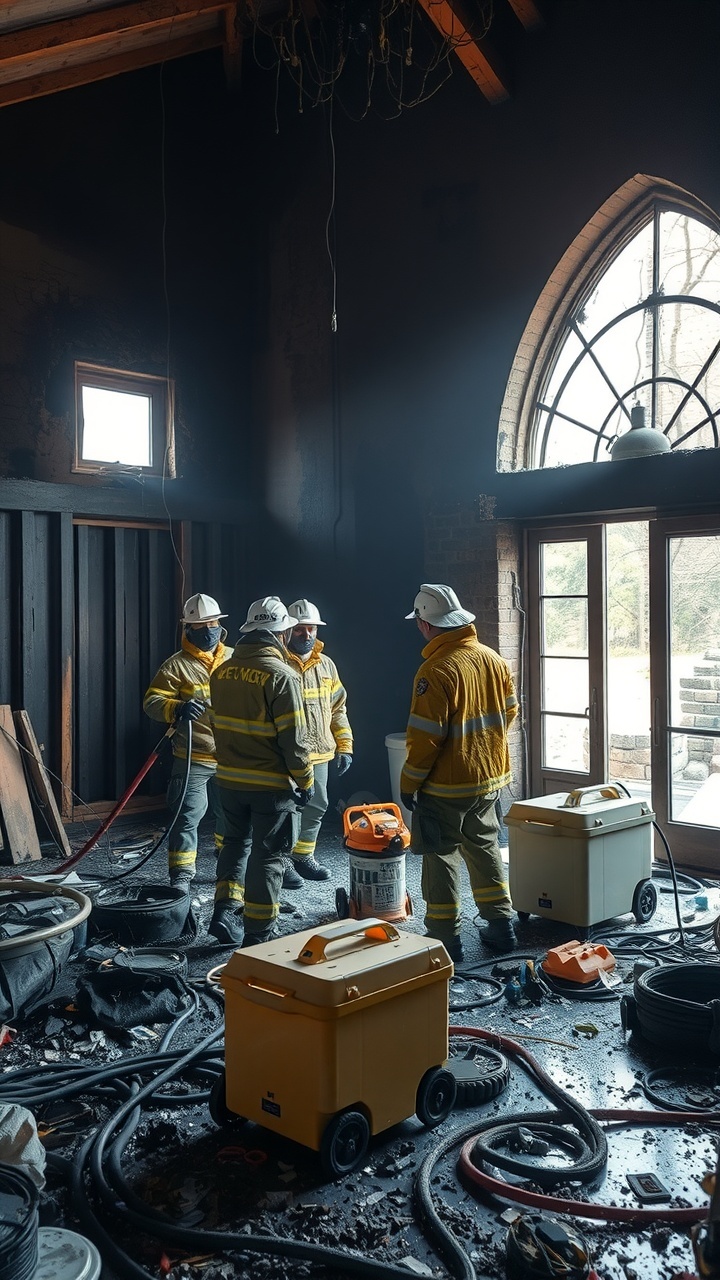
Understanding the Effects of Fire and Smoke Damage
Fire and smoke can cause serious damage to homes and businesses. Knowing how they affect properties is crucial for proper recovery. The main types of fire and smoke damage include:
- Heat Damage – High temperatures can weaken structural integrity. This might warp materials or compromise support beams. Items like drywall, wood, and metal can be affected, which makes it important to have thorough evaluations and repairs.
- Smoke Residue – Smoke leaves behind a fine layer of residue on various surfaces. This residue can seep into porous materials, making smoke damage restoration very important to prevent further issues.
- Soot Deposits – Soot forms during burning. It can build up on walls, ceilings, and furniture. Effective soot removal requires special cleaning techniques; otherwise, permanent stains or corrosion might happen.
- Corrosion – The chemicals in smoke can cause metal parts to corrode. This leads to structural problems over time. Detecting corrosion early helps maintain safety in the building.
Common Signs of Fire and Smoke Damage
Spotting fire and smoke damage early can make remediation faster and easier. Homeowners should look for these signs:
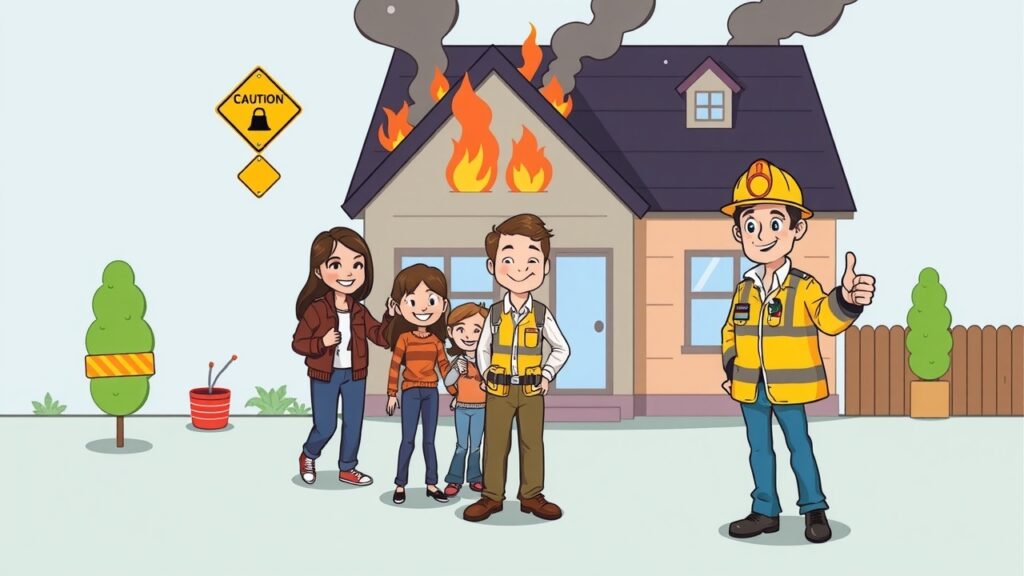
Discoloration
Check for changes in color on walls or ceilings caused by soot or burn marks. These visible signs often mean deeper issues that need expert attention.
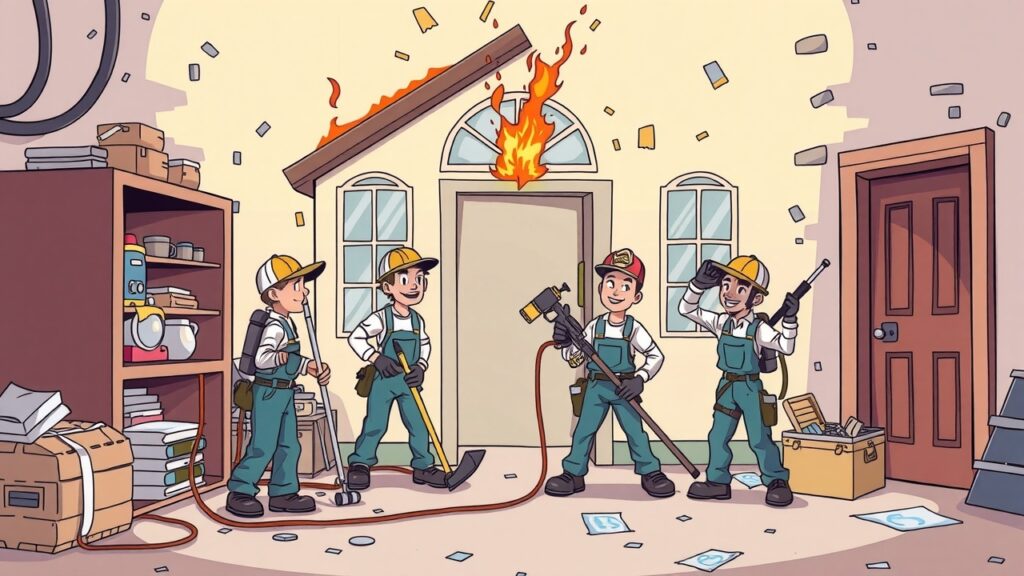
Odour Control
A lingering smoky smell indicates contamination in carpets, upholstery, and walls, signaling the need for a thorough smoke damage assessment.
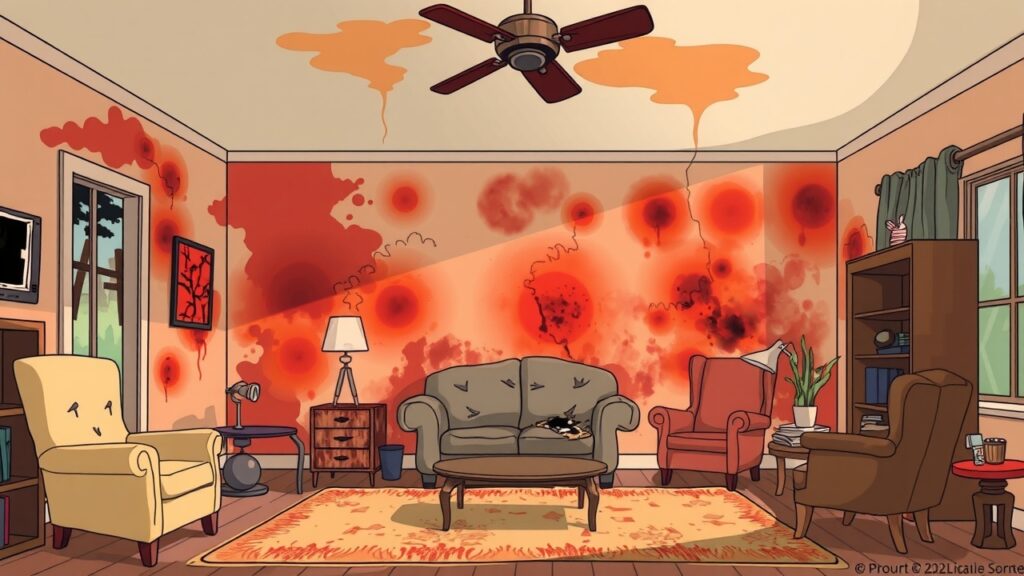
Structural Instability
After a fire, it’s vital to check the property’s stability. Damaged support beams from heat exposure can jeopardize the entire structure.
Comprehensive Fire and Smoke Remediation Process
Fire and smoke remediation is key to restoring safety and comfort after a fire. This process includes several stages, each aimed at addressing specific damage while ensuring health and safety.
Emergency Response
After a fire, acting fast is crucial to limit damage and keep everyone safe.
- Initial Containment – First, secure the area. This stops further damage or injuries by boarding up windows and doors.
- Safety Inspections – Experts check the structure thoroughly to make sure it’s safe for people to enter.
- Smoke Removal – Strategies are put in place to clear harmful smoke particles from the air, helping to restore indoor air quality.
Assessment and Planning
Once the area is safe, we move on to assessment and planning for repairs.
- Damage Evaluation – Professionals look closely at both visible and hidden damages from heat and smoke. This helps create a solid plan for remediation.
- Insurance Claim Preparation – Collecting all necessary documents makes it easier to talk with insurance companies about claims for property loss.
- Coordination with Local Authorities – Working with local services ensures that all regulations are followed, especially when dealing with hazardous materials.
Debris Removal and Cleaning
This stage focuses on cleaning up after the incident.
- Soot Removal Techniques – Different methods are used based on what surfaces are affected. Techniques include dry cleaning sponges and special chemicals tailored for various materials.
- Odor Control Strategies – Advanced deodorisation methods help eliminate lingering smoke smells, making the space livable again.
- Structural Cleaning Procedures – Thorough cleaning of walls, ceilings, carpets, and upholstery greatly improves living conditions. Thermal imaging can help spot hidden soot.
Restoration and Repair
The final step is restoring the property to its original state.
- Restoring Damaged Structures – This might involve replacing drywall or insulation that was damaged during firefighting efforts or due to heat.
- Mitigating Secondary Hazards – It’s important to prevent mold growth from moisture left over after cleaning. This keeps the property safe for future occupants.
Each step in this process requires careful planning and skilled professionals. By tackling every aspect of fire and smoke damage, we help property owners rebuild their lives after these distressing events.
Advanced Techniques in Fire and Smoke Remediation
To tackle fire and smoke damage, using advanced technologies is really important. For example, thermal imaging cameras can find hidden heat sources that might not be easy to see. This helps ensure that all risks are spotted during the cleanup process.
Ozone generators also play a key role in neutralising tough smoke odours. They release ozone into the affected areas. This reacts with smoke particles, breaking them down and making the smell go away. It works well in places where standard cleaning methods might not get rid of lingering smells.
When it comes to soot cleaning, high-efficiency particulate air (HEPA) filters are a must. These filters capture tiny particles in the air, which means the air quality improves significantly during remediation.
When to Call Professionals
Even if you think you can handle things on your own, some situations need expert help:
- Extensive Damage – If there’s serious water or heat damage, specialized tools might be necessary for effective cleanup.
- Hazardous Materials – Dangerous substances like asbestos should only be dealt with by trained professionals who know how to handle them safely.
- Complex Insurance Claims – Insurance claims can be tricky. Restoration services can assist with navigating the paperwork and making sure everything is in order.
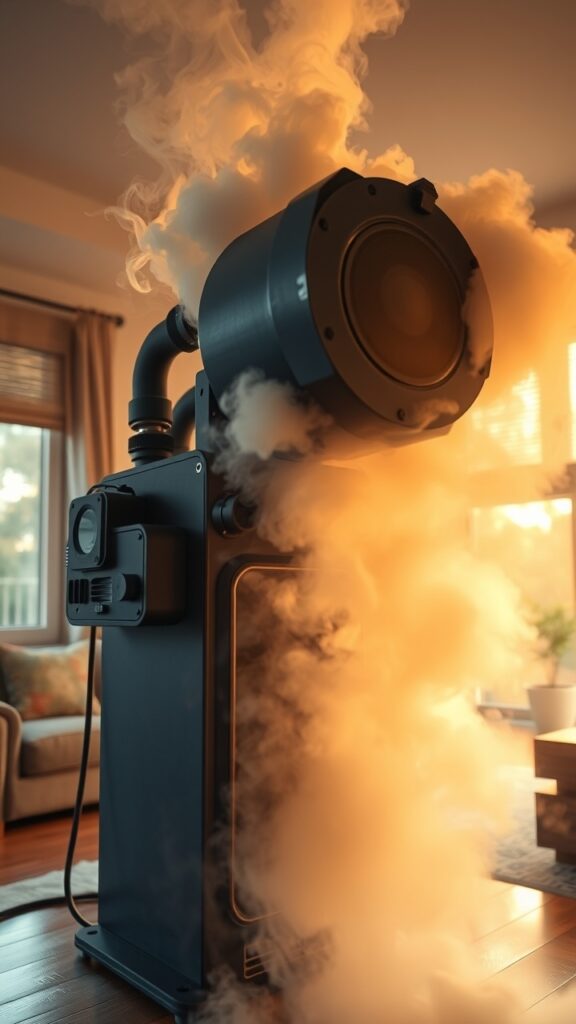
Fire Prevention and Risk Mitigation
Fire prevention is key to keeping properties safe from disasters. By knowing what can cause fires, we can lower the risks involved. Regular checks and maintenance help spot electrical issues or hazardous materials that could be dangerous.
Common Ignition Sources
Fires can spark from many sources. Faulty wiring is a big one. Unattended cooking appliances are another common issue. Heating equipment can also fail and start a fire. Even open flames, like candles, pose a serious risk. Spotting these hazards in your home or business is important for managing fire risk. By regularly checking, property owners can find weak spots and fix them to reduce the chance of a fire happening.
Effective Fire Safety Tips
Putting smoke detectors on every floor of your home or business is essential. They give early warnings if a fire breaks out, which helps people escape safely. Also, having fire extinguishers on hand allows for quick action before a small fire gets out of control. Remember to test and maintain these devices regularly so they work when needed.
Regular Inspections and Maintenance
It’s smart to check electrical systems and appliances regularly to catch problems before they lead to fires. All firefighting equipment should be checked often to make sure it meets local regulations set by fire departments.
Preventative maintenance should cover both safety devices and structural elements that could increase fire risks. Keeping records of these inspections helps track safety standards and notice trends in fire risk over time.
DIY Fire and Smoke Remediation
When DIY Remediation is Appropriate
If you’ve had a minor fire or smoke incident at home, you might think about tackling the cleanup yourself. First, check how bad the damage really is. Look for signs like discolored walls or lingering smells that hint at smoke damage. If everything seems only a bit damaged, then you may be in good shape to go ahead with DIY fire remediation.
However, if you see any structural issues or if there’s something like asbestos present, it’s best to call in professionals. A solid fire damage assessment will help you decide whether to proceed on your own or get expert help.
Protective Gear and Hazard Recognition
Your safety is key when cleaning up after a fire. Before starting, put on protective gear like gloves and a mask that can filter out toxic fumes. Open windows to let fresh air circulate; this is crucial for improving air quality while you work.
Stay alert for hazards around your space. Look out for exposed wires or slippery areas from firefighting water. If you’re unsure about anything, don’t hesitate to ask professionals for advice.
Cleaning Surfaces and Restoring Air Quality
- Ventilation Improvement Strategies – Keep those windows open during your clean-up! This promotes airflow and improves indoor air quality significantly.
- Initial Clean-Up – Start by carefully clearing away debris. Be cautious not to cause further damage as you remove burnt materials.
- Soot Removal Techniques – For getting rid of soot, use a dry cleaning sponge made just for that purpose. Don’t scrub hard; this can push soot further into surfaces.
- Odour Control Measures – To tackle stubborn odors, sprinkle baking soda over affected areas and leave it overnight. It absorbs smells well—just vacuum it up afterward!
- Improving Air Quality – Using an air purifier with HEPA filters can help clear out harmful particles from smoke exposure.
Trust Us for Professional Fire & Smoke Remediation for Complete Restoration
At Capstone Civil Group, we are committed to providing expert fire and smoke remediation services that prioritize your safety and property restoration. We understand the urgency and complexity of fire damage, which is why we use advanced techniques to quickly eliminate harmful residues and ensure a thorough cleanup.
FAQs About Fire & Smoke Remediation
Key Services in Fire & Smoke Remediation
- Emergency Fire Cleanup: Swift action to limit further property damage.
- Residential Fire Services: Specialized solutions tailored for homes.
- Commercial Fire Restoration: Comprehensive support for businesses.
- Fire Safety Inspections: Regular checks to prevent future incidents.
- Fire Damage Assessment: Detailed evaluations of affected areas.
- Hazardous Materials Disposal: Safe removal of dangerous substances.
- Debris Removal: Clearing away remnants post-fire.
- Building Decontamination: Thorough cleaning to eliminate contaminants.
- Disaster Recovery Services: Support during challenging recovery phases.
- Air Quality Management: Ensuring a safe environment post-restoration.
Capstone Civil Group provides these essential services. Our commitment extends beyond recovery to include fire loss consultation and reconstruction services. Trust our team to protect your property with expert care and timely responses.
